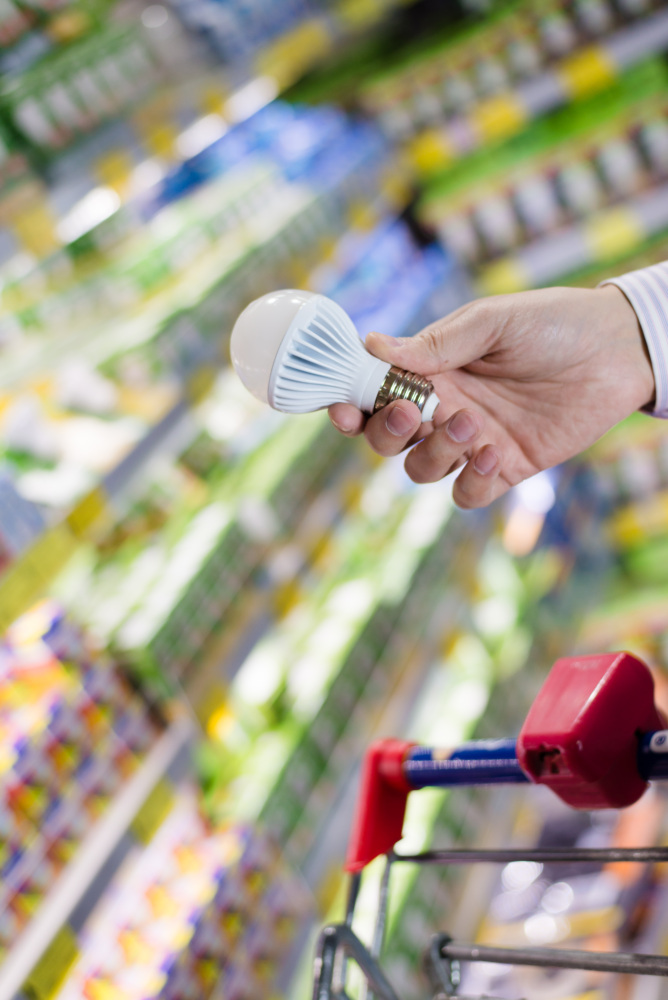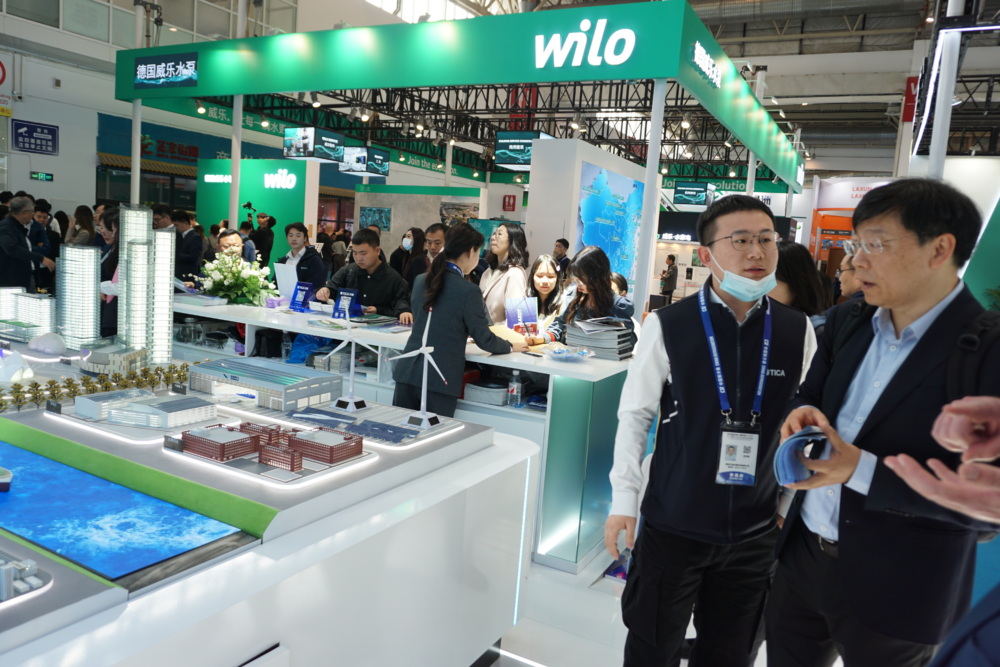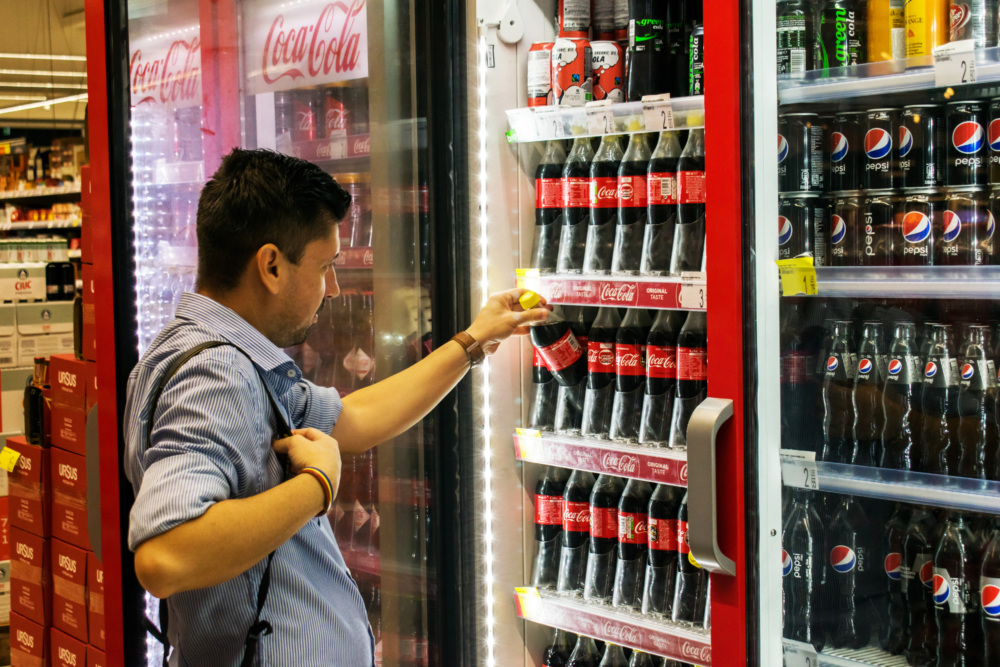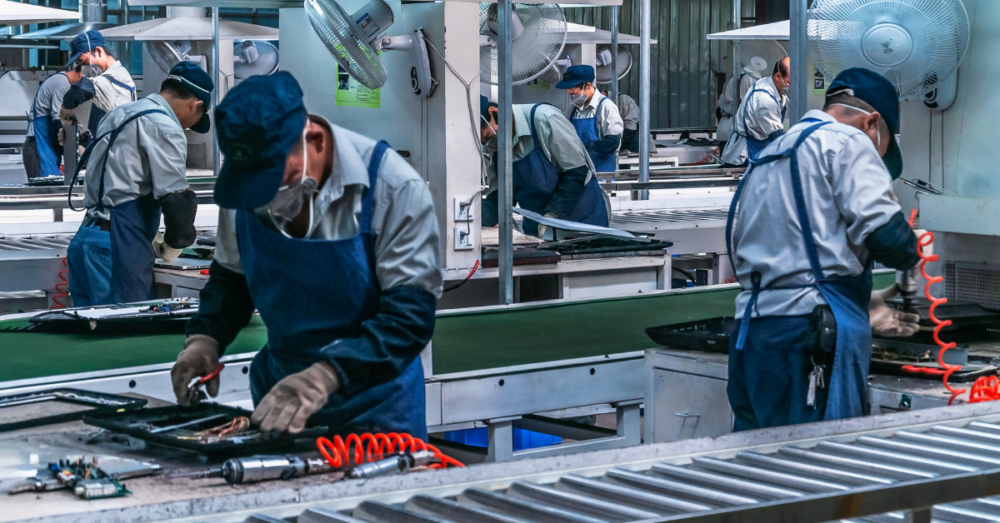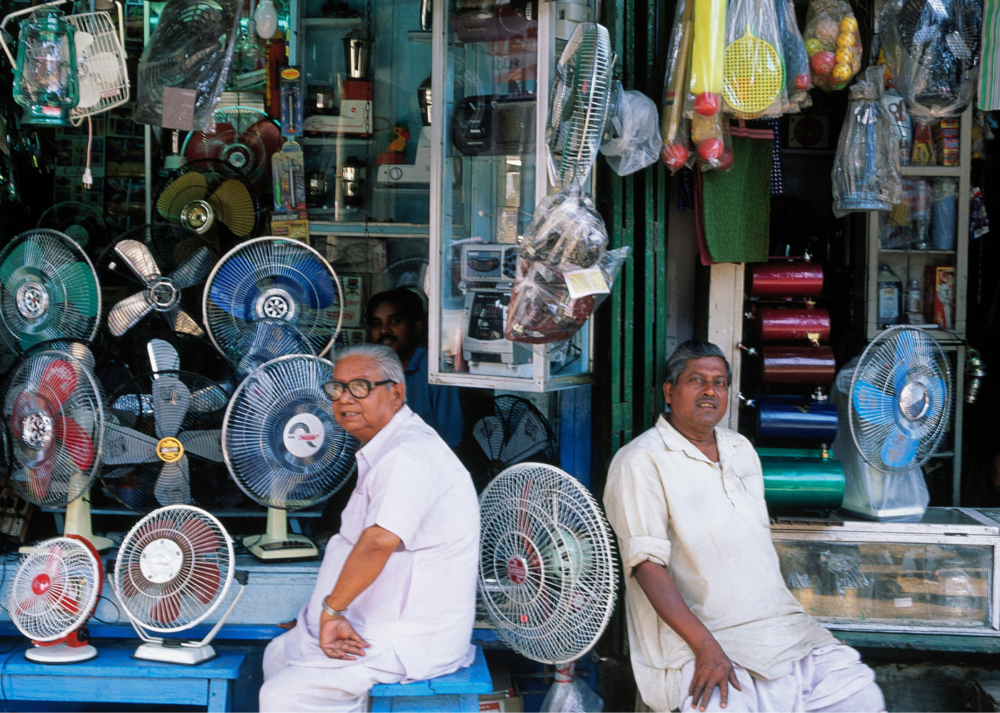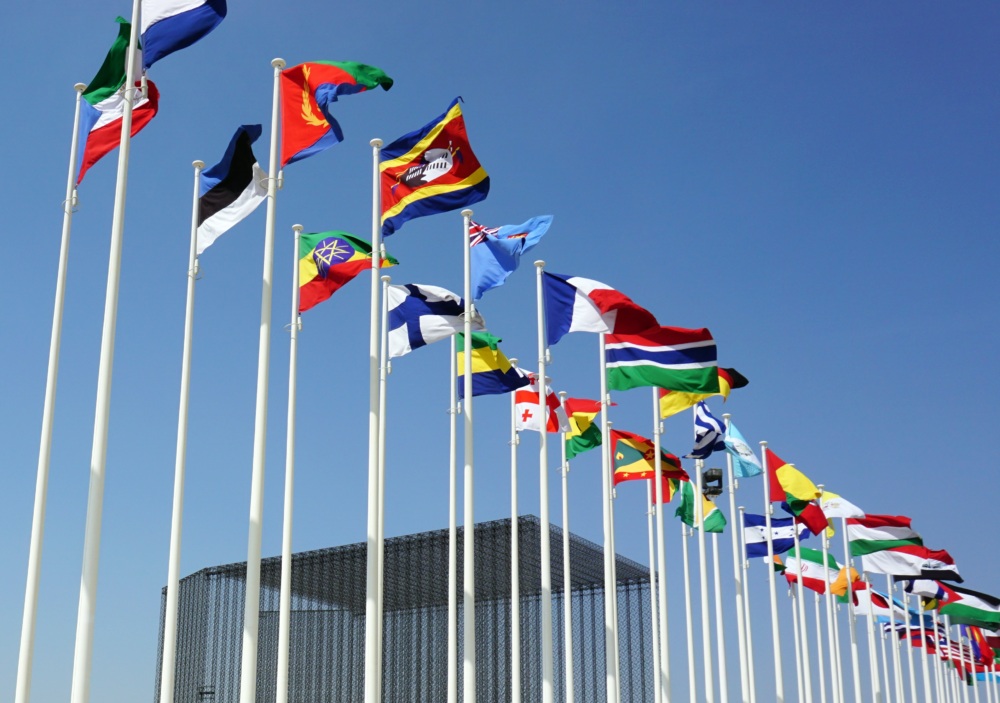India Launches Efficiency Standards for Deep Freezers, Light Commercial ACs
The Indian Bureau of Energy Efficiency (BEE) has adopted voluntary energy efficiency labeling policies for deep freezers and light commercial air conditioners aimed at reducing the energy use and climate impacts associated with these products while saving money for consumers.
The Indian Bureau of Energy Efficiency (BEE) has adopted voluntary energy efficiency labeling policies for deep freezers and light commercial air conditioners aimed at reducing the energy use and climate impacts associated with these products while saving money for consumers.
The new energy performance policies for deep freezers cover stand-alone chest units with hard and glass tops. Under the policy, freezers will be awarded one to five stars based on their annual energy consumption. The new policy is projected to avoid 6.2 TWh of electricity demand and 5.3 million metric tons of CO2 emissions cumulatively through 2030.
Light commercial AC (LCAC) units – defined as split air conditioners ranging between 10.5 kW and 18 kW and suitable for cooling small commercial spaces such as showrooms or restaurants – will be awarded stars if they have a minimum Indian Seasonal Energy Efficiency Ratio of 2.70. The LCAC policy is projected to avoid 2.8 TWh of electricity demand and 2.4 million metric tons of CO2 emissions cumulatively through 2030.
The new policies address key recommendations outlined in the India Cooling Action Plan, a vision document published by the Government of India last year that identifies opportunities to address cooling demand and secure environmental and socio-economic benefits over a 20-year time horizon. The plan highlights energy efficiency improvements to products including air conditioners and deep freezers as a means to meet the country’s goals.
The combination of product efficiency standards with energy labeling to guide consumer purchase decisions is a proven and cost-effective means to reduce climate emissions. BEE estimates that in Fiscal Year 2018-19, products covered under its appliance and equipment energy efficiency policies will avoid 55.7 TWh of electricity use, resulting in avoided emissions of 45.6 million metric tons of CO2.
The Indian government has committed under the Paris Agreement to reduce the energy intensity of the economy by 33%-35% between 2005 and 2030, with improvements in product energy efficiency contributing to meeting that goal.
The two new policies will be voluntary for manufacturers, with the initial efficiency levels for each star rating remaining in effect through the end of 2021. Across its appliance policy portfolio, BEE has converted efficiency standards from voluntary to mandatory and ratcheted up their performance requirements over time.
CLASP supported development of the new labeling policies through extensive market data collection and analysis, generation of performance metrics, development and revision of the national standards, and facilitation of technical committee meetings. The final energy performance standards incorporate analysis by CLASP and partner PwC on the energy efficiency of deep freezers and LCACs that are currently available in the market, as well as modeling of the expected reductions in energy consumption stemming from increased efficiency.
With the latest policy adoptions, BEE’s efficiency policy portfolio covers 26 product types under its 5-tier energy standards and labeling framework known for the tagline, “More Stars, More Savings.”
Click here to read about the deep freezer efficiency policy.
Click here to read the light commercial air conditioner market assessment.


